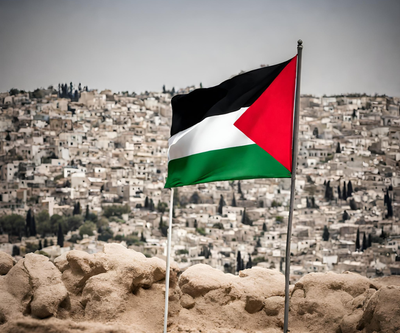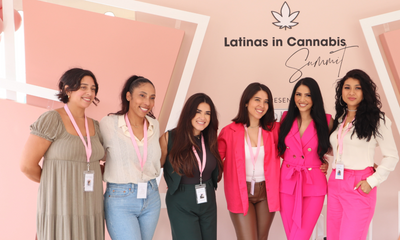Venezuela has long been in crisis since the era of Hugo Chavez. The crisis continued after the death of Chavez, when Nicolás Maduro became successor in 2013. Maduro further escalated Venezuela into becoming one of the world’s worst countries in crisis when poor living standards – hyperinflation, hunger from food prices and shortages, crime and rising death rates – pushed native Venezuelans to flee to neighboring countries in massive refugee emigration status.
According to The New York Times, Maduro’s administration was held “responsible for grossly mismanaging the economy and plunging the country into a deep humanitarian crisis” and attempting to “crush the opposition by jailing or exiling critics, and using lethal force against anti-government protesters”.
Tuesday, April 30th Venezuela’s crisis reached a boiling point that resulted in more historic protests and violence on the streets of Caracas, Venezuela’s capital. Opposition leader, acting president Juan Guaidó’s call to action for freedom and democracy was acted upon by civilian supporters, taking to the streets against the military to oust Venezuela’s socialist president, Nicolás Maduro.
The violence so far has produced a shocking video showing a group of opposition protestors being run over by Venezuelan national guard military vehicle.
En el marco de nuestra constitución. Y por el cese definitivo de la usurpación. https://t.co/3RD2bnQhxt
— Juan Guaidó (@jguaido) April 30, 2019
As far as the United States response to Venezuela’s crisis, Trump had tweeted “The United States stands with the People of Venezuela and their Freedom.” Two weeks prior, the first Red Cross humanitarian aid delivery was made, medicines and supplies for needy patients.
Many Venezuelans stand by Guaidó and so do the governments of over 40 countries across the globe. As one protester claimed in Spanish, “we have a history of liberation, we are liberators”.
Venezuela, a la calle!
Es la hora de conquistar la Libertad!— María Corina Machado (@MariaCorinaYA) April 30, 2019
Currently, the only countries in support of Venezuela’s socialist president Maduro are Russia and Cuba.






